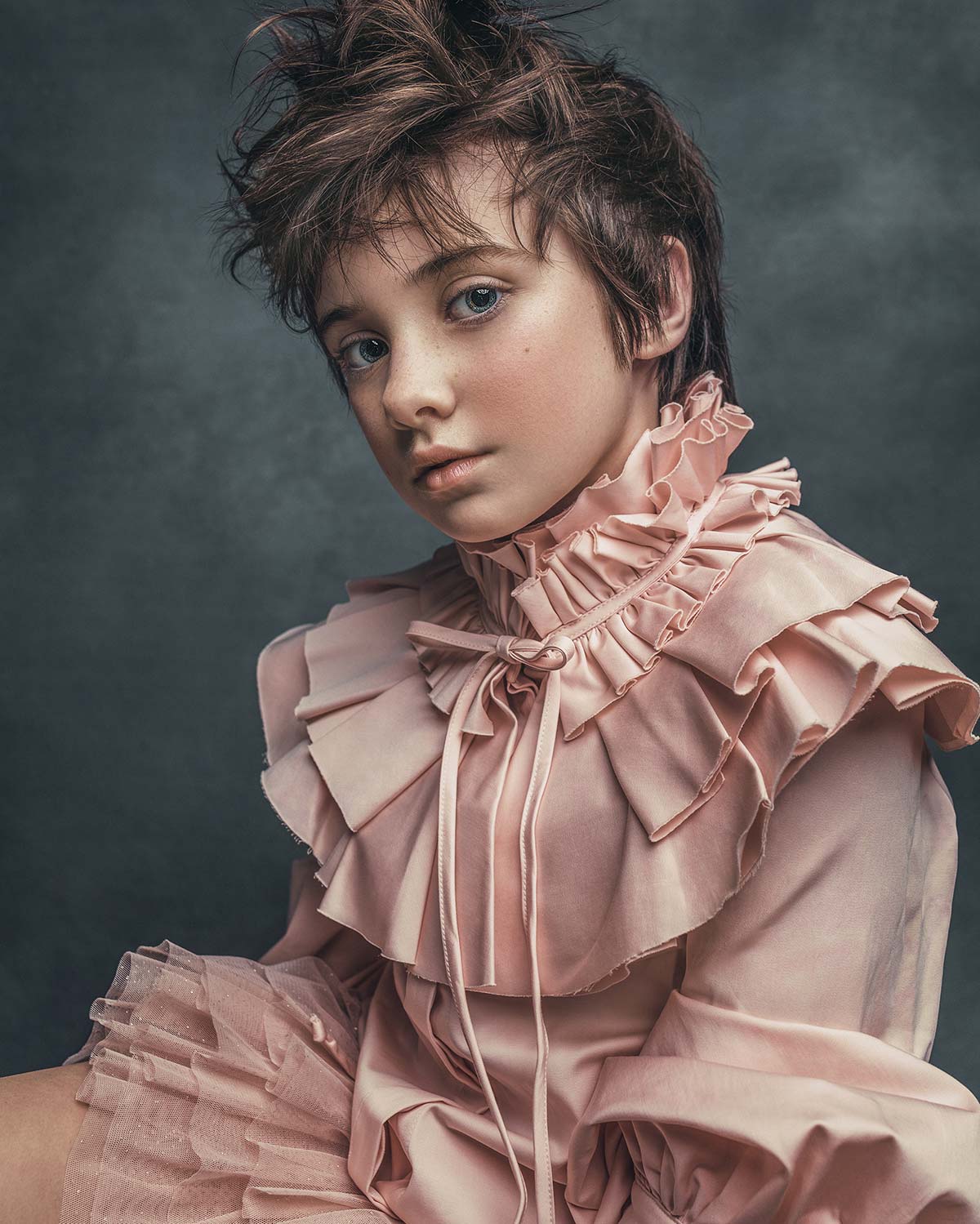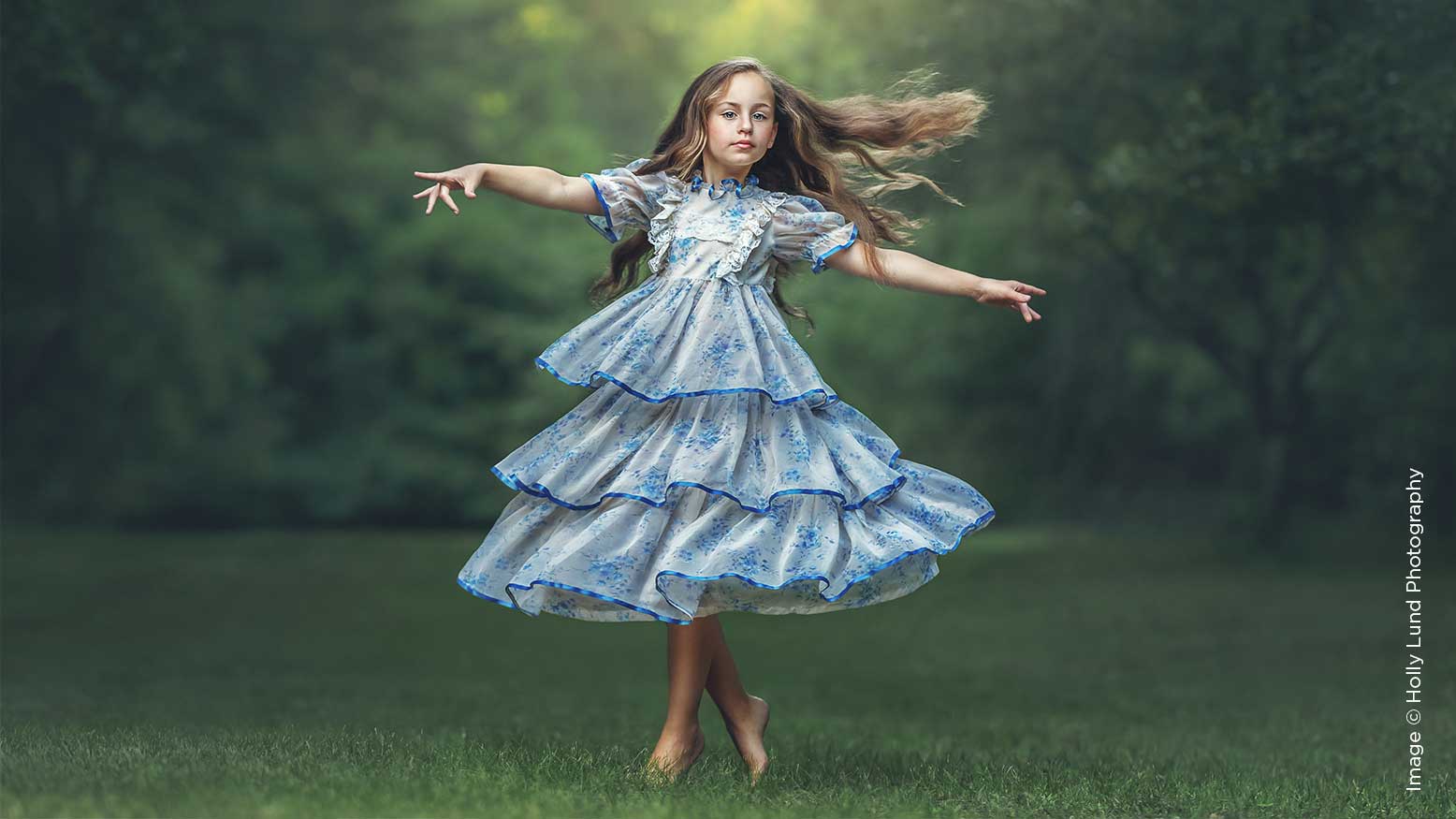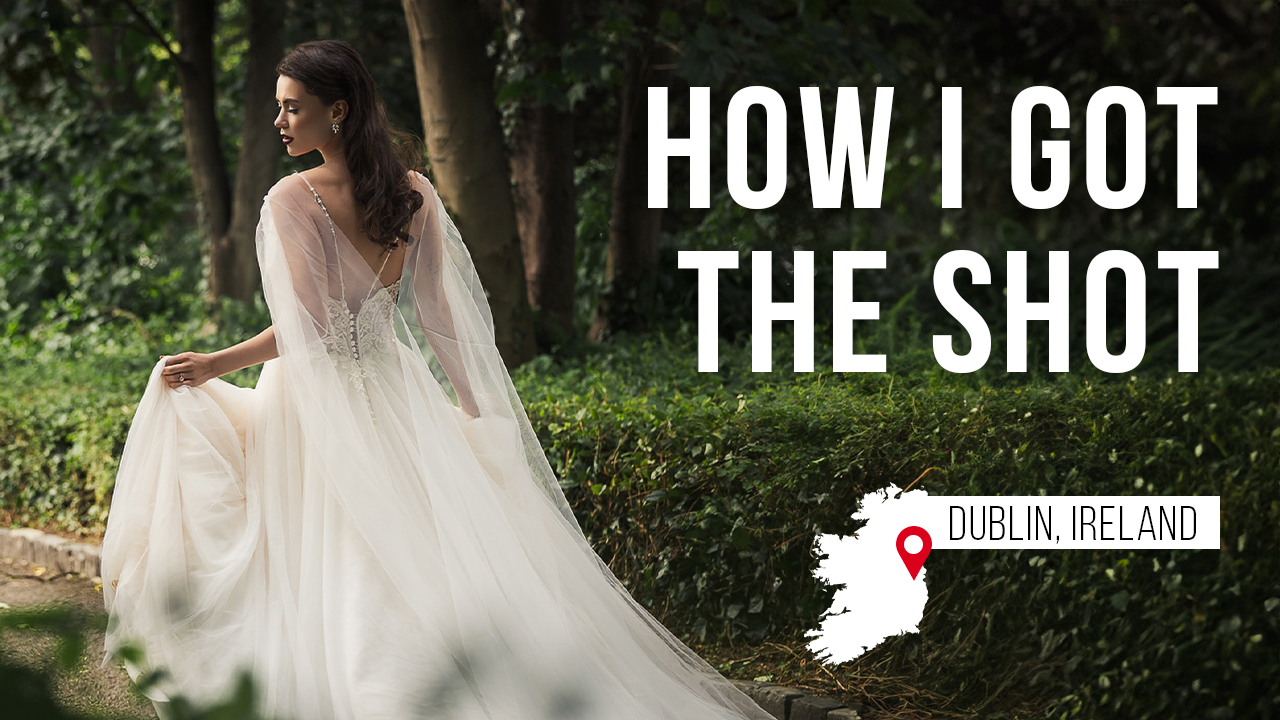Post-Production Best Practices For Printed Artwork with Holly Lund
Whether you printed artwork of your photography for yourself, for clients, for galleries, or for any other purpose, there is a lot to keep in mind. The paper or product and the size and manner in which it will be displayed all play heavily into creating a final piece of Printed Artwork.
Similarly, how you take your images through post-processing matters greatly.
I’m going to be honest here—I won’t claim to be an expert about all things photography printing.
“Great opening there, Holly. So, uh, why are you telling us about this then?”
Fair question, dear reader! I wanted to share my insight because I know so many photographers are intimidated by printing, what goes into it, and all of the options available. Printing my art was important to me, so I dove in head first without fear. That means you get to reap the benefits of my experiences and what I have learned along the way.
One of the things that I don’t take into consideration and usually tops the list of every other article that discusses printing is screen calibration.
I can hear the gasps already.
Look, I’m not against calibrating. I’ve just never done it. My colors have been spot on with my chosen vendors, and if it ain’t broke, don’t fix it. (Really, the owner of one of said labs actually used that phrase with me after confirming my images looked perfect.) It would be disingenuous for me to tell you to do that and why it’s important when I have never done it myself. Had my results been different, it is absolutely something I would look into.
Now, with that out of the way…





